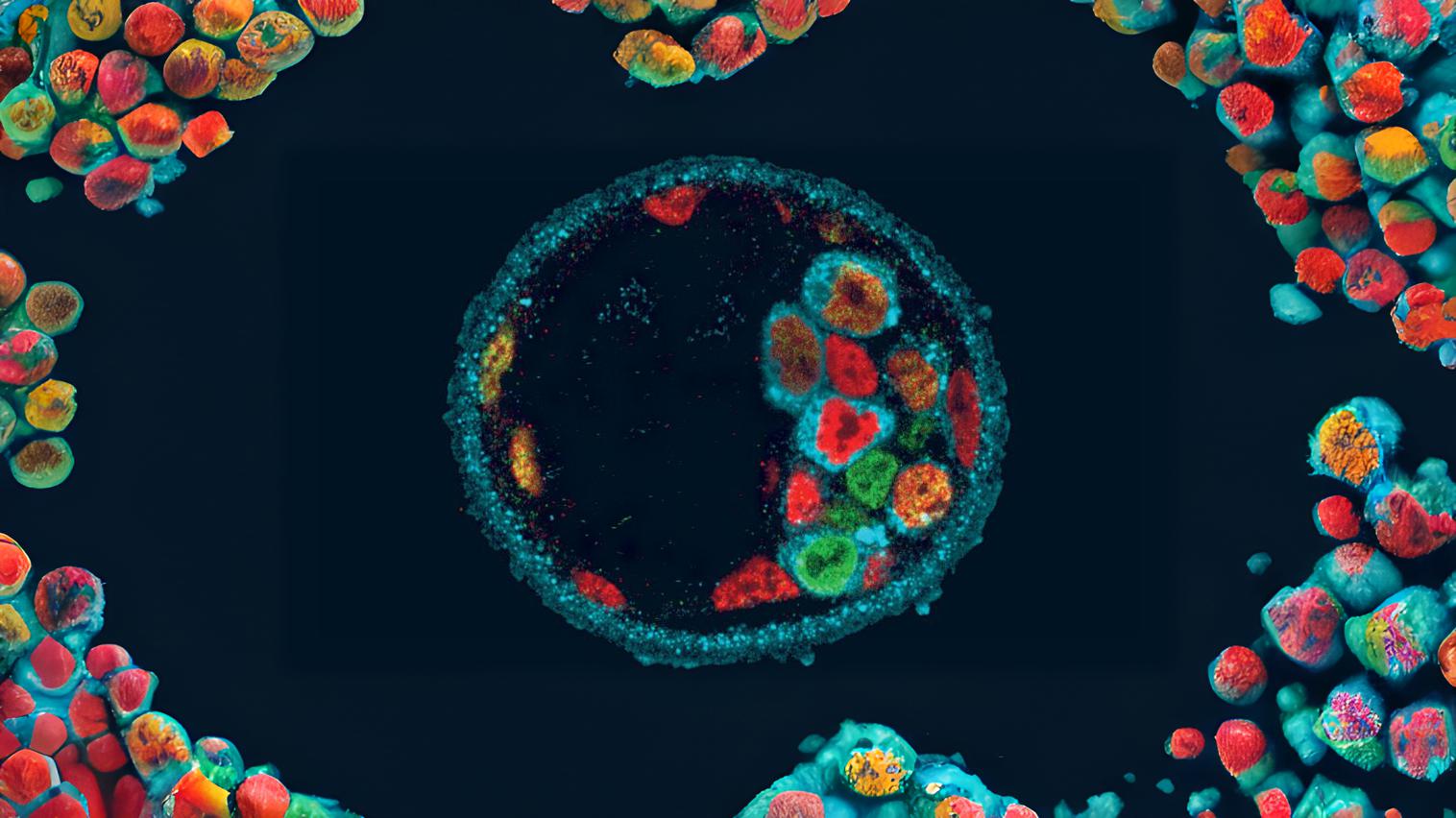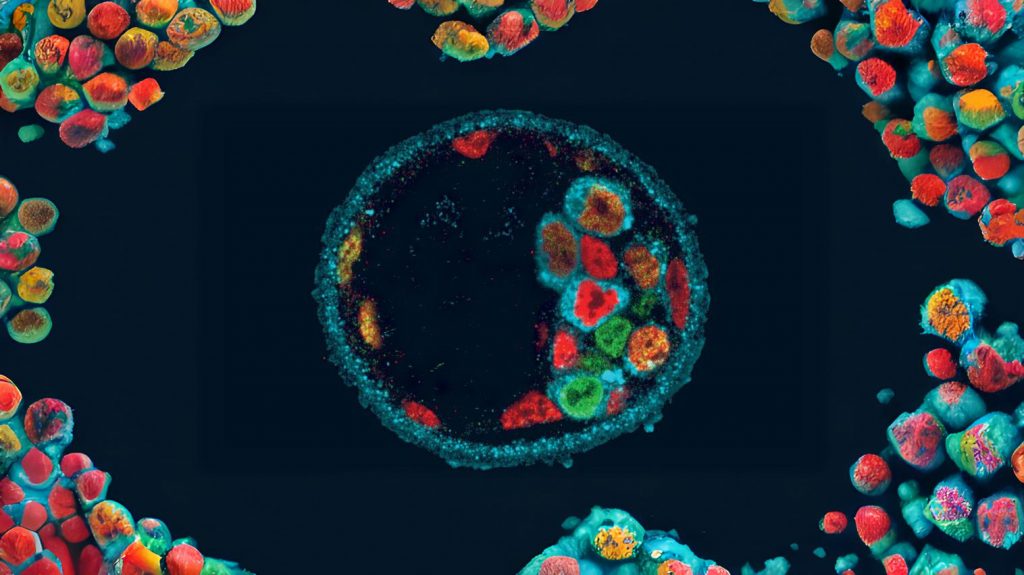Strategies Implemented for New Modalities of Therapeutic Targeting: ASOs and RNAi
 5 years ago
By Charlotte Di Salvo
5 years ago
By Charlotte Di Salvo

In 2018, the FDA approved the first small interfering RNA (siRNA) drug, patisiran, to treat a disease known as hereditary transthyretin amyloidosis. Since then, an increasing number of oligonucleotide-based drugs have reached the market, showing advantages over small molecule drugs. siRNAs and antisense oligonucleotides (ASOs) are a few examples of oligonucleotide-platforms making exciting waves in drug discovery.
For daily articles on the latest pharma trends and innovations, as well as interviews with leading experts and in-depth industry White Papers, subscribe to PharmaFeatures.com.
Hear from some of the industry leaders includingTao Guo — who will be providing his expertise in leading a discussion on the strategy and implementation for new modalities in drug discovery: PROTAC, ASO and RNAi. To discuss these innovations and more with other leading experts in an informal setting, sign up to Proventa’s Medicinal Chemistry and Biology Strategy Meetings, held online on 29 June 2021.
Oligonucleotides are nucleic acid polymers used to modulate gene expression via a range of processes including RNA interference (RNAi) and target degradation by RNAases. In the last few years, they have demonstrated potential to treat or manage a wide range of diseases.
In addition to gene silencing, a number of strategies are utilising oligonucleotides for other forms of gene editing e.g. gene activation and splice modulation. The ability of these molecules to perform these tasks has demonstrated potential for precision drug discovery – “they can theoretically be designed to selectively target any gene with minimal, or at least predictable, off-target effects”.
Oligonucleotides can be designed on the basis of a target genetic sequence. Therefore, these highly specific lead candidates can be screened more efficiently and rapidly in comparison with small molecules which require much larger screening efforts, which are less cost-effective and more time-consuming.
In addition to recognising specific target sequences, nucleic acids can also interact with proteins – a property that is also being exploited therapeutically as some proteins often represent “undruggable” targets.
Both the RNAi mechanism and ASOs are examples of oligonucleotide-based platforms emerging within the field of drug discovery. One of the reasons why these molecules are receiving increasing attention in drug discovery is their ability to modulate DNA and RNA expression. More recently, mRNA especially is becoming a therapeutic target of interest. As the site of both fine transcriptional and post-transcriptional regulation, mRNA is thought to be involved in many diseases.
Oligonucleotide-based platforms
ASOs
ASOs are small single-stranded synthetic nucleic acids which can be divided into two major categories: Nase H competent and steric block. ASOs are used to modulate gene expression for both DNA and RNA based on sequence complementary.
Nase H competents works by breaking down target RNA, whereas steric blocks silence a site without degradation. Steric ASOs are designed to bind to target transcriptions with high affinity but do not induce RNA breakdown. They are primarily used for the modulation of alternative splicing – the oligonucleotide ‘masks’ a splicing signal, leading to alterations in splicing decisions which disrupts the target.
One of the main benefits for ASO-based drugs is that these molecules can be localised in both the cytoplasm and nucleus, making it possible to reach cytoplasmic and/or nuclear targets. Again this suggests ASOs could be manipulated to target ‘undruggable’ targets previously inaccessible by some small molecules.
In addition, ASOs can be delivered into the body via many different routes. ASOs can be administered locally, allowing direct and local targeting which can reach compartments not accessible by IV or systemic routes. They can also be delivered locally by inhalation – an example of which is Eluforsen, a cystic fibrosis drug. This method in particular is a popular delivery system as it is non-invasive and enables self-administration for patients.
The high level of tissue uptake is a desirable characteristic for therapeutic efficacy which results in wide systemic distribution via the high plasma protein-binding capacity of ASOs. Unfortunately, this has raised concerns surrounding the toxicity of ASOs and off-target side effects.
The current focus is developing target delivery for ASOs to specific tissues to improve therapeutic efficacy and reduce toxicity. A number of studies have investigated the conjugation of ASOs with N-acetyl galactosamine (GalNAc). Conjugation of ASOs to GalNAc has been shown to efficiently shift their biodistribution toward the liver via high-affinity binding to the asialoglycoprotein receptor (ASGPR) expressed at the surface of hepatocytes (liver cells). This both increases their concentration in target tissue while reducing exposure to off-target organs.
This is an area of continuous research to optimise the therapeutic window for ASO-based drugs.
siRNAs
RNA interference is a biological mechanism by which double-stranded RNA induces gene silencing by targeting complementary mRNA for degradation. siRNAs are a class of double-stranded RNA which contribute to modulation of gene expression by targeting and degrading complementary mRNA transcripts, similar to ASOs.
According to a 2019 review of RNAi therapy, the following mechanism underpins the action of siRNAs:
• siRNA interacts with and activates the RNA-induced silencing complex (RISC)
• Ago2 (the catalytic engine of the RISC) cleaves and releases the ‘passenger’ siRNA strand (sense strand)
• The ‘guide’ strand (antisense strand) remains associated with the complex
• The single ‘guide’ strand of siRNA directs the specificity of the mRNA target recognition and cleavage by Ago2
• mRNA targets that bind the ‘guide’ strand with perfect or near-perfect complementarity are then degraded by Ago2, and thus specific gene expression silencing is obtained
siRNAs have been described as the most promising type of RNA-based therapeutic oligonucleotide drug. The ability to inactivate RNA molecules in a sequence-specific reinforces potential for precision medicine in specific RNAi therapies.
One of the main advantages of siRNAs over small molecules and monoclonal antibody drugs is the simpler execution of function. siRNAs work by complete Watson-Crick base pairing with mRNA, whereas small molecule and monoclonal antibody drugs need to recognise the complicated spatial conformation of certain proteins.
As a result, there are many diseases, especially rare forms, that are not treatable by small molecule and monoclonal antibody drugs due to the complexity of the pathology in which a target molecule with high activity, affinity and specificity cannot be identified.
Despite this significant advantage, there remain a number of barriers for siRNA to their targets. Firstly, siRNAs are unable to directly penetrate the cell membrane and can enter the cell only by endocytosis or pinocytosis. However, in order to implement the silencing effect, siRNA must penetrate the membrane and exit into the cytoplasm.
When siRNA enters the cytoplasmic space via endo/pinocytosis, there is also a risk it will be cleaved by cytoplasmic ribonucleases or its concentration can decrease due to the division of target cells. This is an obvious issue when it comes to optimising the bioavailability of the drug for two reasons: (1) concentration is affected by internal cellular mechanisms, and 2) is susceptible to degradation by enzymes.
The high specificity of action which makes siRNA so desirable can also cause off-target effects. As a result this limits its use in high concentrations due to the induced toxicity. The most significant non-targeted effect of siRNA is unwanted activation of the system of innate immunity under the action of certain motifs in the siRNA sequence.
Fortunately, research in this area has led to chemical modifications that may affect the properties of siRNA.
One of the most saturated areas of interest is the use of bioconjugates, like with ASOs, which enables a more direct delivery system to target cells. A stable linker binding siRNA and biomolecules together prevents a decrease in the efficiency of RNAi associated with the inhibition of RISC assembly. Lipids and cholesterol were some of the first ligands suggested for conjugation with siRNAs as they can overcome the issue of the hydrophobic cell membrane barrier.
On-going research is determined to address some of the challenges with siRNAs and ASOs through chemical modifications to improve bioavailability and reduce toxicity. Despite these challenges, the efficacy of these drugs remains evident with an increasing number reaching the market. The end goal is optimise the delivery of these drugs to the point where they can be potentially developed for effective precision therapeutics.
To discuss these topics further with sector experts, and to ensure you remain up-to-date on the latest in clinical development, sign up for Proventa International’s Medicinal Chemistry and Biology Strategy Meeting, set for 29 June 2021.
Charlotte Di Salvo, Junior Medical Writer
Proventa International

Navigating the Complex World of Global Regulatory Affairs in Oncology
In today's fast-paced global pharmaceutical landscape, the regulatory affairs sector plays a pivotal role in ensuring the safety, efficacy, and market access of oncology drugs. As the demand for innovative cancer therapies continues to grow, understanding the intricacies of global...
2 years agoNavigating the Complex World of Global Regulatory Affairs in Oncology
In today's fast-paced global pharmaceutical landscape, the regulatory affairs sector plays a pivotal role in ensuring the safety, efficacy, and market access of oncology drugs. As the demand for innovative cancer therapies continues to grow, understanding the intricacies of global...
2 years ago
Overcoming the Hurdles: Navigating the Challenges in Oncology Clinical Trials
In the world of medical research, oncology clinical trials are at the forefront of innovation and discovery. These trials play a crucial role in advancing our understanding of cancer and developing more effective treatments. However, the path to successful oncology...
2 years agoOvercoming the Hurdles: Navigating the Challenges in Oncology Clinical Trials
In the world of medical research, oncology clinical trials are at the forefront of innovation and discovery. These trials play a crucial role in advancing our understanding of cancer and developing more effective treatments. However, the path to successful oncology...
2 years ago
Embracing a Patient-Centric Approach in Oncology Trials
In the realm of healthcare and medical research, the term "patient-centric" has gained significant traction in recent years. This shift in focus towards prioritizing patients' needs and preferences is not only transforming the healthcare industry but is also making waves...
2 years agoEmbracing a Patient-Centric Approach in Oncology Trials
In the realm of healthcare and medical research, the term "patient-centric" has gained significant traction in recent years. This shift in focus towards prioritizing patients' needs and preferences is not only transforming the healthcare industry but is also making waves...
2 years ago